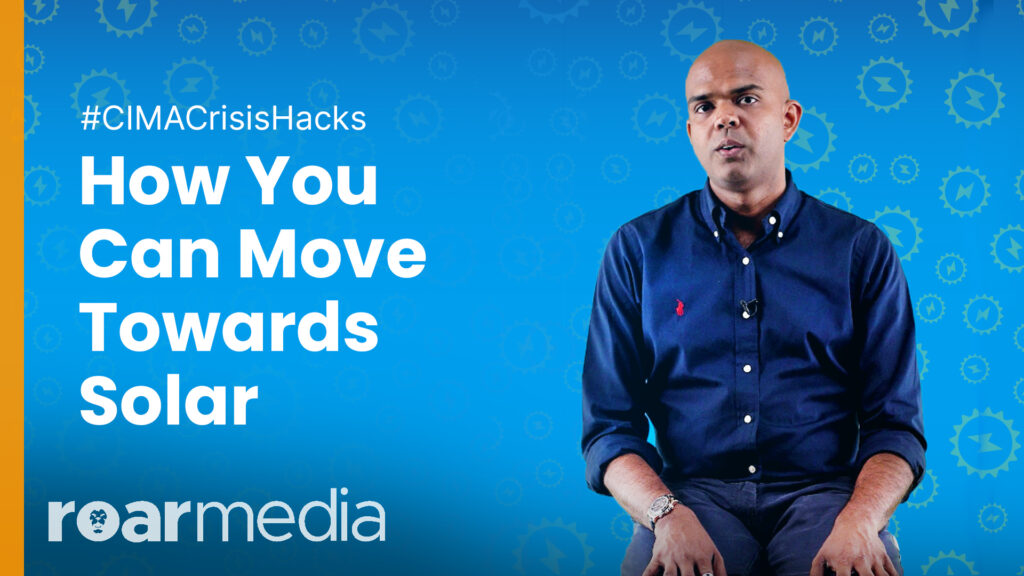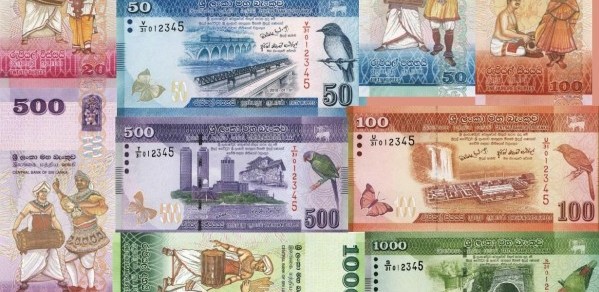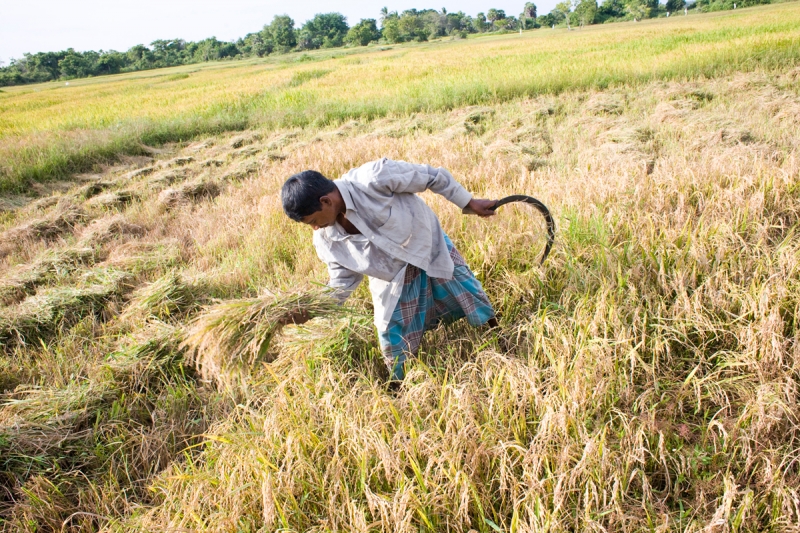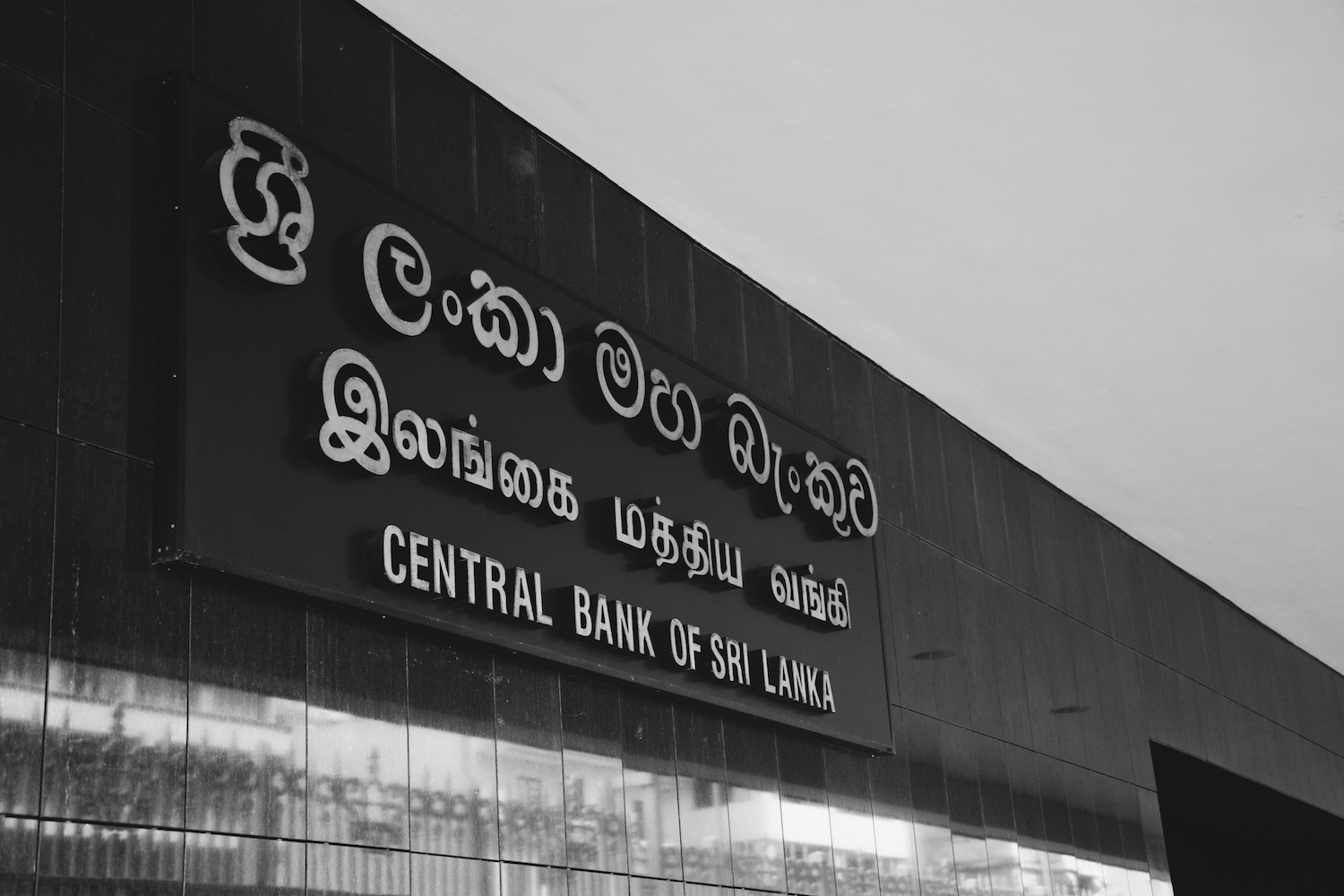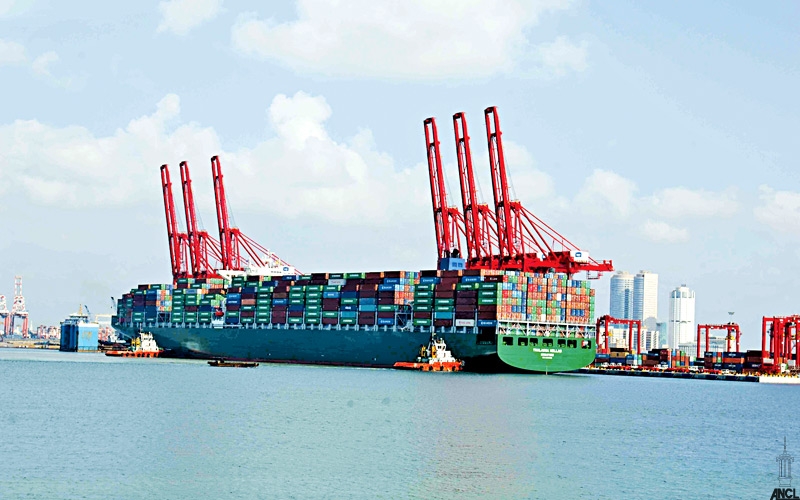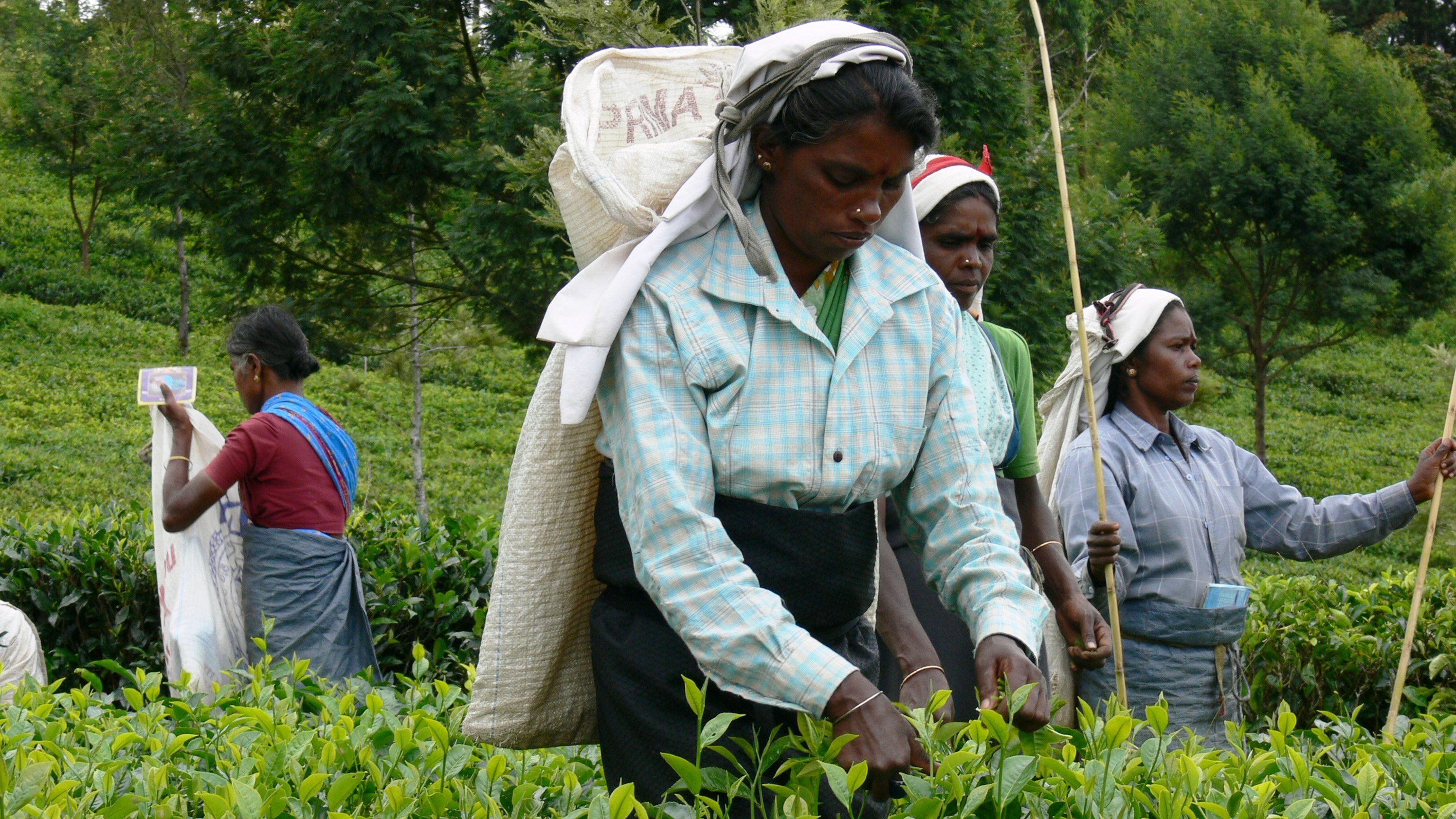
Sri Lanka’s growing economy has helped it go from being a low-income economy to a lower middle-income economy (LMIE), as observed by The World Bank. But where does Sri Lanka stand when compared to other countries in its new peer group?
We sifted through the data, and here’s what we learned. (We used World Bank data from 2014, since those were the most recent, and most reliable, at the time of writing).

Sri Lanka compared to other lower middle-income countries. Data courtesy The World Bank.
Certain things in the infographic above are no-brainers, while others are actually surprising.
Take for instance, the health related statistics. Most lower middle-income economies have vastly underdeveloped healthcare infrastructure, which is reflected in the shorter lifespans and higher mortality rates. In this respect, Sri Lanka somewhat stands shoulder to shoulder with high-income countries, largely thanks to the investments made in the health sector by successive governments since independence. Obviously, Sri Lanka’s free universal healthcare policy has also been instrumental in reducing mortality rates across the board.
The same holds true for things like the provision of sanitation facilities, and clean drinking water. Sri Lanka is far, far ahead of its peers when it comes to basic metrics such as these. Depending on how you look at it, one could say that the island’s size has worked to its advantage here.
It is also helpful to think carefully about Sri Lanka’s relatively higher population density (331 people per sq. km compared to an average of 142 people per sq. km for LMIEs). For one, Sri Lanka is a really, really small country, which puts land at a premium. Couple rising incomes with rapid urbanisation and you will have more people buying more vehicles, and generally becoming more mobile. The resulting strain on the country’s infrastructure, both hard and soft, will, at some point in the future, weigh down the economy, thus preventing it from growing any further. Obviously, that is every policymaker’s worst nightmare.
A growing economy will need better healthcare systems, better transportation systems, and more. The solution to these problems is not hiking taxes on vehicles and the like, but actually taking steps to come up with comprehensive, long-term,and economically viable solutions. Sadly though, the island’s policymakers have never been too keen on tackling the hard problems.
That’s not all though.
Look at the statistic for high tech exports, as a percentage of manufactured exports. Compared to other lower middle-income countries, Sri Lanka’s exports are very simple. This simplicity means that whatever Sri Lanka produces for export, can be reproduced in another place with no noticeable difference. Therefore, countries which have a lower cost base than Sri Lanka’s will have no problem in stealing market share. This is why it is imperative for Sri Lanka to turn its economy into a complex, high-tech economy. As things stand, Sri Lanka occupies the 115th slot (out of 144 countries) in the MIT Economic Complexity index. Vietnam, perhaps the island’s closest export competitor, occupies the 93rd slot.
One way out of this problem is to focus on the service sector, which is the main driver of the Sri Lankan economy anyway. Rising internet penetration will allow for the entire country to come online, further facilitating the growth of a robust service sector. However, just like any decision, this too would come at a cost. In order to make the economy more efficient, the country will have to rethink the strategies employed by its other two sectors, Agriculture, and Manufacturing. Focusing on high-tech sub-sectors like Bio-tech could be one way to go, provided enough resources are available. The country will have to stop trying to produce everything it wants within the county itself, meaning Sri Lanka will have to embrace free trade wholeheartedly, much like Singapore, Dubai, and Hong Kong. Needless to say, that is going to take a lot of time, and will be a very politically challenging decision to take.
The key takeaway from this dataset is that while Sri Lanka is way ahead of its peers when it comes to basic infrastructure, the same cannot be said for the country’s economy. Unless corrective action is taken, Sri Lanka’s fate will be very similar to that of the hare which decided to race the tortoise. The country managed to get a head start on its peers by liberalising its economy in 1978. The reforms which accompanied the move increased incomes, and boosted the standard of living. But the lethargic attitude adopted by the country in the decades since have cost it dearly, with exports declining steadily since the year 2000. In today’s fast-paced global economy, resting on your laurels is just not an option. It is time for Sri Lanka to wake up to the reality.
Featured image courtesy wikimedia.org
.jpg?w=600)
